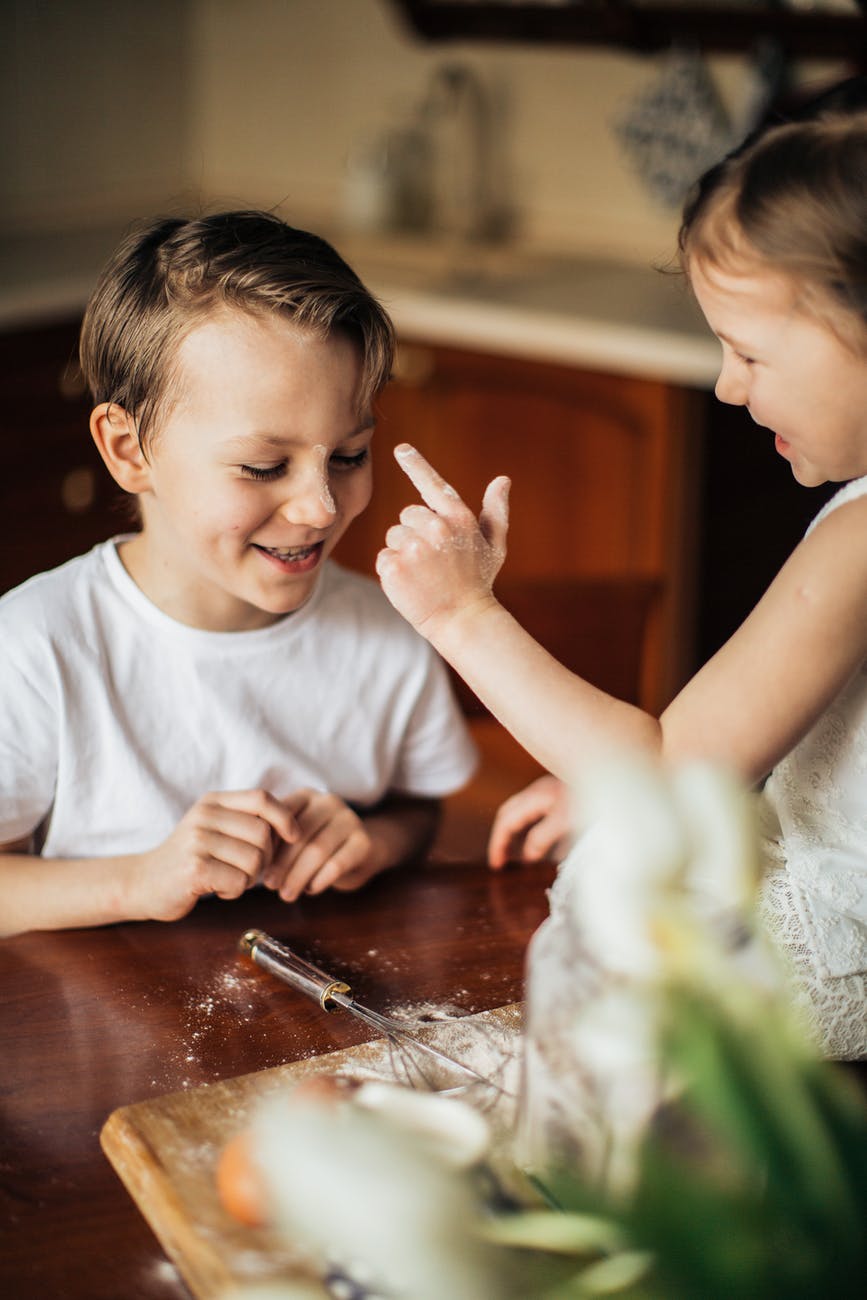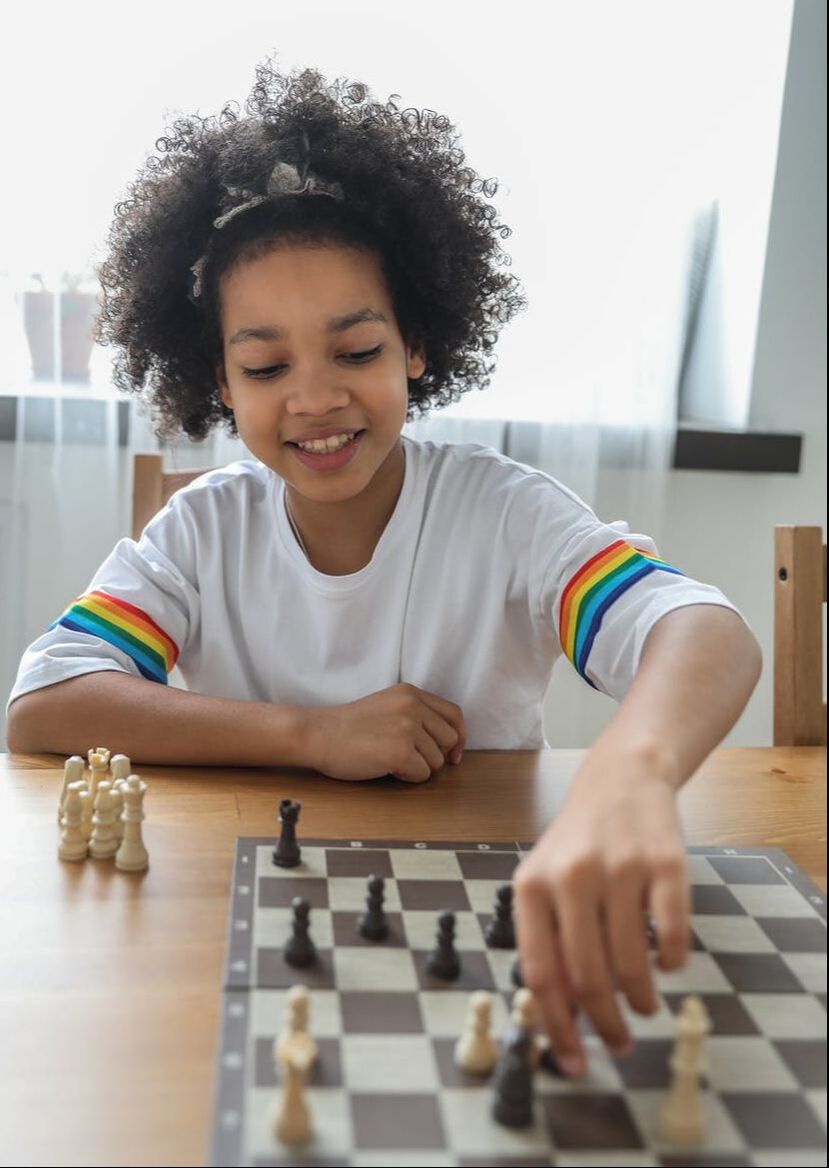
Even though the modern world is fast-paced, you can still learn to live a mindful life. Mindfulness is a skill that can be learned with some practice.
The first step towards being mindful throughout the day is to bring mindfulness into everything you do.
For example:
- Bring mindfulness to the task at hand.
- Bring awareness to your daily chores.
- Bring attention to the people around you.
If you find this hard, try to put "mindfulness reminders" throughout the day to remind you where to bring your awareness. For example, you can put a note at your workspace to remind you to do some mindful stretching.
Now for the specific tips to mindful living:
- Do less. Decide on your essentials and do less of everything else. It's better to do a few things excellent than many things mediocre
- Slow down. Only when we slow down, can we see things as they are. Slowing down and enjoying the little things makes life more pleasant.
- Use your mornings to be mindful. Begin your days slow to ease into the day. Take a few minutes to stretch, pray, read, drink a cup of tea, whatever would help you to ease into your day.
- Do one thing at a time. When multitasking, we switch attention between two or more tasks, which actually makes us less productive. Instead, focus on only one thing at a time for a specific time or until you are done, then move on to the next task.
- Do your chores mindfully. Mindfulness is easy to incorporate into your daily life: only focus on the task at hand. Whenever you lose focus, note that your mind has wandered, and gently bring it back.
- Learn to listen. Often we don't listen to others. We become so caught up in our counter-arguments, so we forget to listen to what they say. Fortunately, mindful listening is a skill that can be learned with practice. A good rule of thumb is to listen more than you talk.
- Eat with awareness. Eat slowly and with awareness. Pay attention to the taste of the food, the colors and form.
- Go for a walk. Leave your phone at home and go for a walk, preferably in nature. Instead of listening to music or a podcast, enjoy the sounds around you.
- Do nothing. Often we fill our days with errands and tasks. We don't have any time left to just be. When doing nothing, we can become aware of our feelings and thoughts. At first, that might seem scary, but if we just continue to pay attention to them without judging, they slowly disappear.
- Take a break. Take breaks throughout the day. Use your breaks to take some deep breaths and be mindful.












